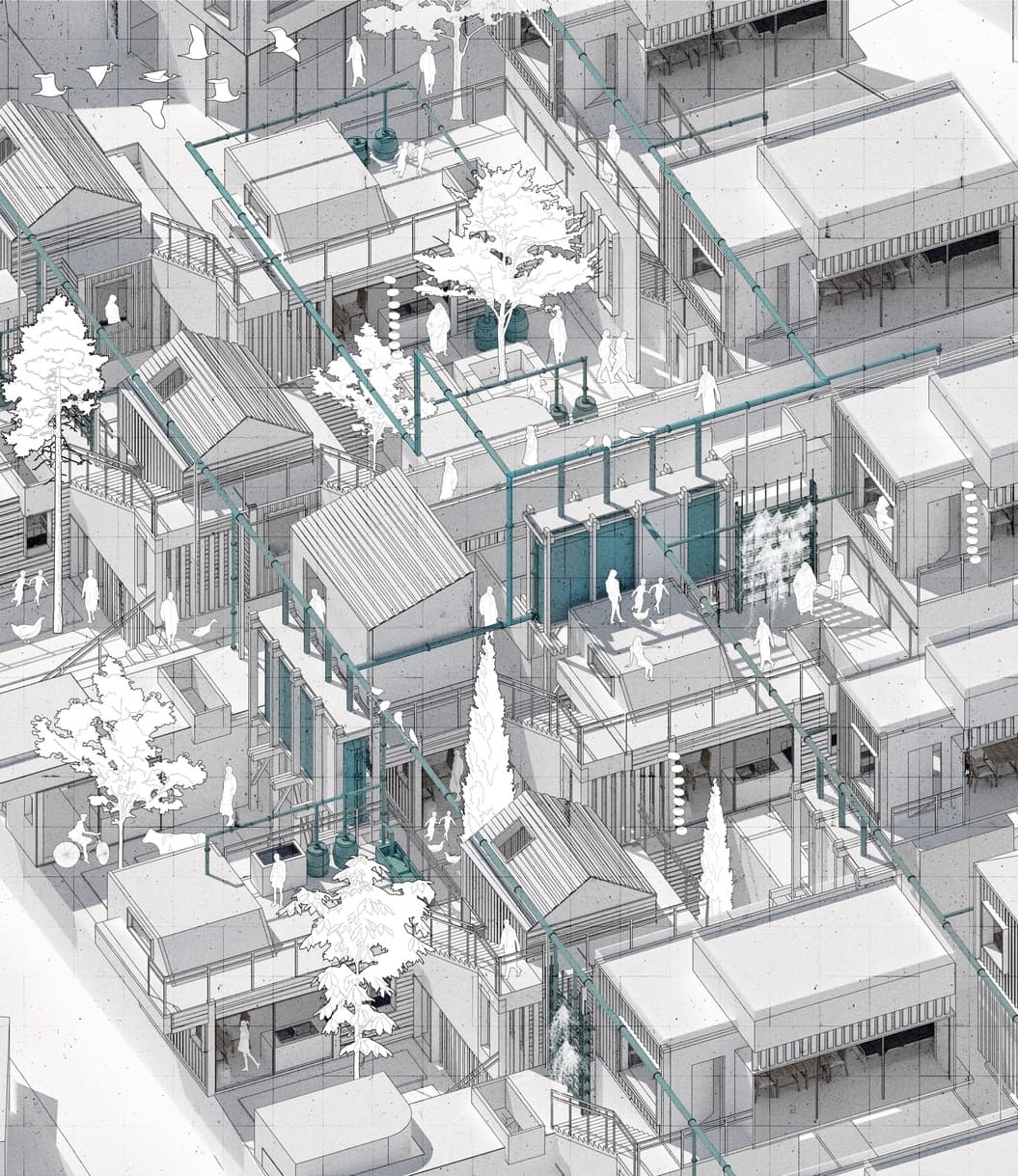Enkanini - Taken by Force.

Enkanini - Taken by Force.
The slum of Enkanini in Cape Town, South Africa, is one of many informal settlements in the country, shaped by historical patterns of labor migration and economic disparity. This site has a long history of labor pooling, with residents providing essential yet underpaid labor to sustain nearby industries. Many residents work in the surrounding wineries, picking grapes during harvest seasons, or in the urban service sector as domestic workers, gardeners, and shop assistants in the city. Despite their contributions to the regional economy, most residents earn minimal wages, leaving them unable to afford formal housing. As a result, they have carved out their own living spaces on the nearby hillsides, building informal homes from corrugated metal sheets, wood scraps, and other salvaged materials. Over time, Enkanini has expanded outward in an organic and unplanned manner, growing denser as more people arrived in search of economic opportunity. However, the settlement faces severe challenges. Most homes lack access to electricity, clean water, and proper sanitation facilities. Employment remains scarce, leaving many residents trapped in poverty. The environmental conditions are equally harsh, with frequent flooding caused by poor drainage systems and a lack of infrastructure. Addressing these pressing living challenges has become the primary focus of urban designers and planners seeking sustainable solutions for Enkanini. In response to these challenges, this solution introduces essential water treatment infrastructure as the foundational framework for future urban development and community activities. This infrastructure aims to address critical needs, including water extraction, irrigation for small-scale farming, and effective flood control systems. By integrating these systems into the urban fabric, the design not only improves environmental resilience but also ensures more stable living conditions for residents. At the same time, this infrastructure serves as a structural foundation for housing. Residents can construct their homes atop designated areas, ensuring greater safety and long-term durability. In addition, space is allocated for urban agriculture, enabling families to grow crops and achieve a degree of food security. This approach fosters a sense of ownership and self-reliance, empowering residents to play an active role in their community's development.